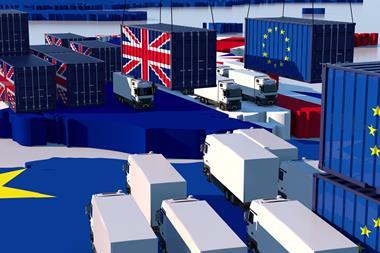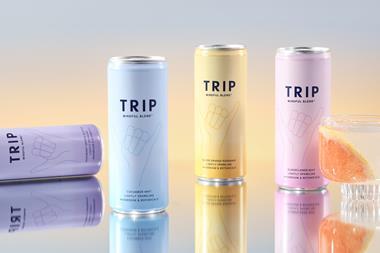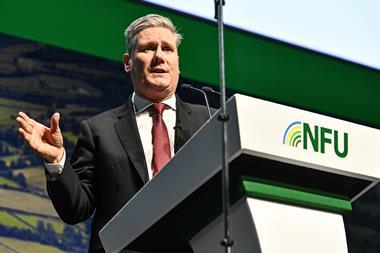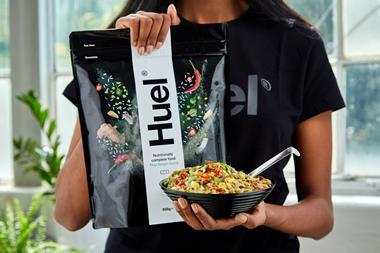Nearly three months ago, the proverbial hit the fan. Tests by the Food Safety Authority of Ireland revealed horse DNA in some frozen burgers (and subsequently in pretty much everything else), unleashing a wave of tests and investigations across the EU.
These efforts continue, but now that the pace of new revelations has slowed down, it’s a good time to take stock of what we’ve learned so far. When a scandal hits, it’s sometimes easy to obsess about what’s happening in one’s own country and forget about the wider, international context.
To get the bigger picture, the EU’s Rapid Alert System for Food and Feed (RASFF), which EU member states have used to alert each other to horsemeat problems, is a good starting point – it’s registered more than 50 horsemeat-related notifications since mid-January, including information about where adulterated products came from and where they were distributed to.
These notifications can be accessed through the RASFF portal direct, but it’s a fiddly business, which is why we’ve pulled together the key data and visualised it using clickable maps.
Our maps confirm just how widely the scandal has spread across Europe, but they also offer fascinating insight into which countries have emerged as particularly prominent players. For example, can you guess which country has been named most frequently as a source of adulterated meat products? And to which countries most of those products were sent?
You can view and have a play with our maps here.
Let us know if any of the results surprise you and what you make of how the UK measures up in the horsemeat stakes against its European neighbours by commenting on the story or tweeting us @thegrocer.
Sign in to comment on this article
Not logged in before? Register for FREE guest access today.
You will be able to:
- Read more stories
- Receive daily newsletters
- Comment on stories
Advert















No comments yet